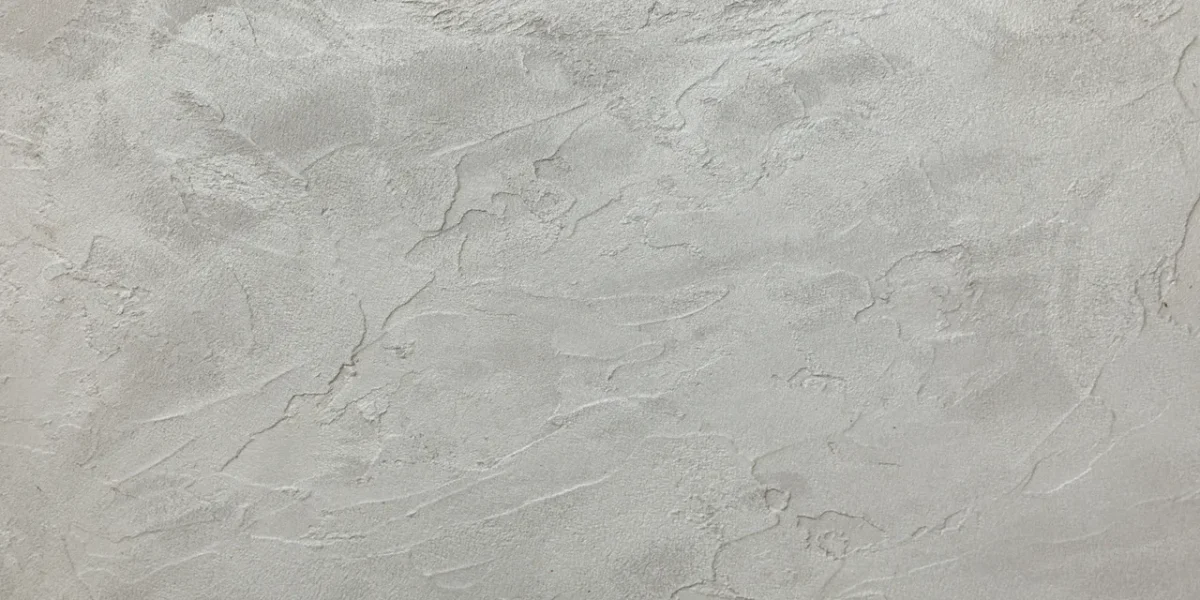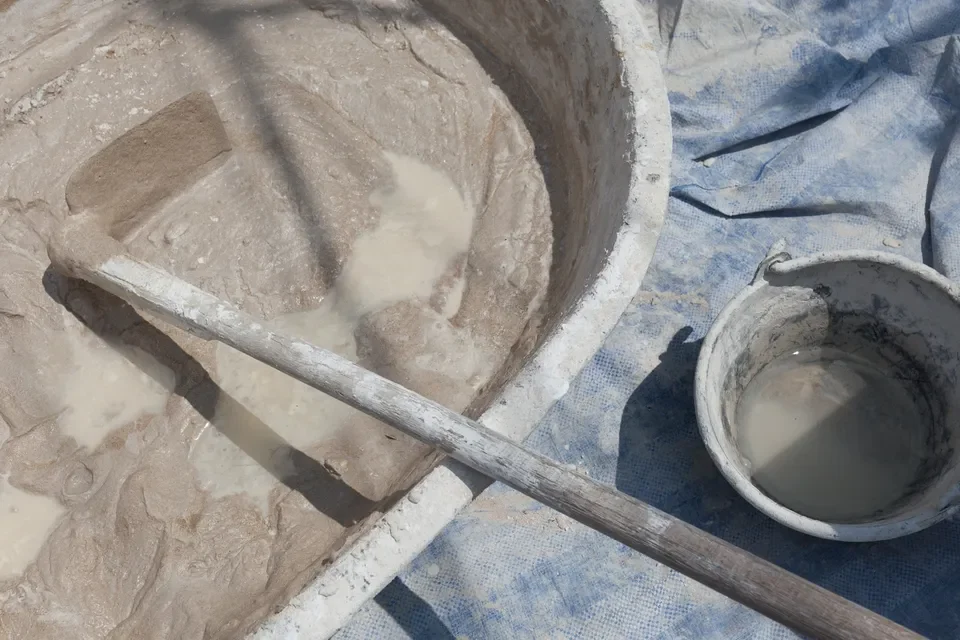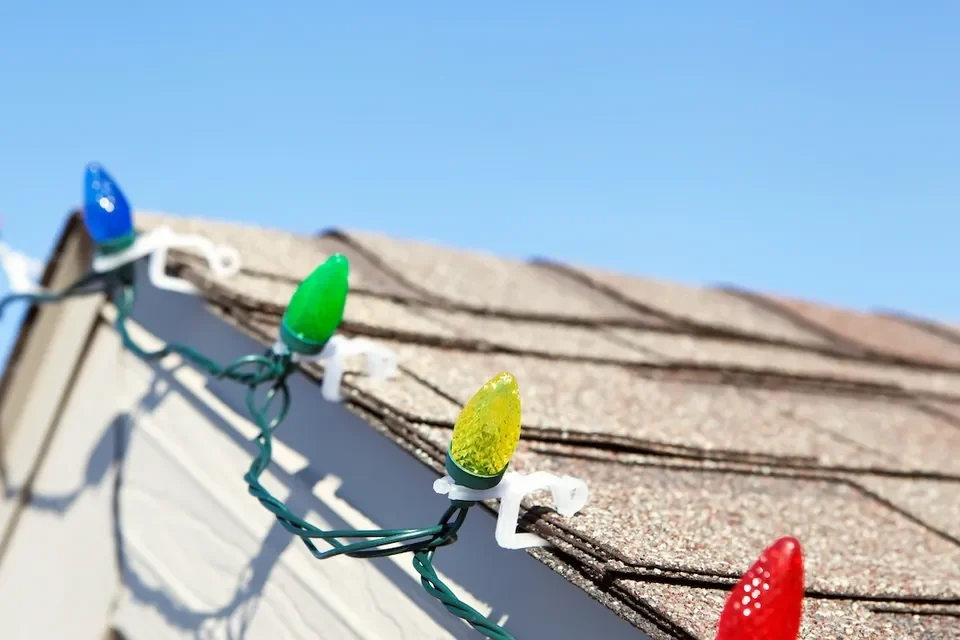Knock Test
One of the common methods for finding studs behind any wall is known as the knock test, which works by knocking and determining through the sound whether the wall behind the knock is hollow or contains the sound of a stud. The knock test is simple but generally pretty effective. To do this, you can choose a starting point, either the corner of the wall or just where you are planning on hanging an item. Use your knuckles or a small mallet to knock gently on the wall. You can continue knocking in a horizontal line, moving both left and right from your starting point. Pay attention to the sound of your taps and listen for any differences. A hollow sound will indicate an area between studs, while a solid, thudding sound suggests that you’ve found a stud. Once you’ve heard the solid, thudding sound, be sure to mark the location of the stud. Use a pencil or painter’s tape to mark the areas where studs are located.
Visual Inspection
Sometimes, a visual inspection can provide you with valuable clues about stud locations. You can start by looking at wall features for any information. Things like electrical outlets, light switches, or light fixtures are often mounted on or right near studs, so these can be a clue that can help determine where the studs are located. In most homes, wall studs are spaced either 16 or 24 inches apart. Use a measuring tape, the knock test, or visual clues to find the initial stud, and then measure outward at the standard spacing to locate additional studs. A visual inspection may also allow you to notice wall imperfections, as stucco finishes may reveal slight irregularities or seams where the stucco meets the wall. These can sometimes align with stud locations. You can supplement your visual inspection and confirm the location of studs using the knock test or other methods listed below to ensure that you have determined the proper location of studs behind your stucco wall.
Stud Finder
A stud finder is a specialized tool designed for precisely locating wall studs. One issue with using a stud finder on a stucco wall is that the common use of things like chicken wire or other metal mesh will interfere with the stud finder and will not allow it to sense the increased density necessary to locate the studs. However, if you have a stud finder with a deep scan mode, you may be able to use the tool to locate your studs in the wall. Most stud finders offer different modes, including the edge, center, and deep scan. Choose the appropriate mode for your wall and stucco thickness, likely using the deep scan setting. Then, follow the manufacturer’s instructions to calibrate the stud finder on a known, stud-free area of the wall. Start at your chosen starting point and slide the stud finder horizontally along the wall. The device will beep or indicate when it has detected a stud. As with the knock test, use a pencil or painter’s tape to mark the stud locations.
Magnet Test
A less common but generally effective method involves using a small, strong magnet. This often works well on an exterior stucco wall with a texture, as the texture can make other methods more difficult. To begin, you can attach a string to a small but powerful magnet. Then begin to lower the magnet slowly down your wall, allowing it to move freely along the stucco. Observe the attraction of the magnet. The magnet should be attracted to the screws or nails securing the stucco to the wall, which are often fastened to the underlying studs. Once the magnet has indicated possible stud locations, it’s worth confirming with a knock test or a visual test if the locations seem correct, just to ensure you’ve tracked the correct locations of the studs. As the magnet is attracted to the metal fasteners, mark the stud locations using a pencil or painter’s tape.
When to Seek Professional Help
While the methods outlined here are useful for finding studs behind stucco, there are instances where seeking professional help is a wise choice. This includes situations where you’re dealing with unusually thick stucco, complex wall structures, or if you’re unsure about the results of your DIY efforts.
Professionals can use advanced tools like thermal imaging cameras and stud finders that work well with stucco to accurately locate studs without causing damage. When in doubt, especially in scenarios where you will be hanging heavy or delicate objects on your stucco walls, such as TVs, light fixtures, or other pieces, it may be worth consulting a professional. The team at Titan Stucco has seasoned stucco professionals who understand the importance of finding studs behind your walls and have the necessary tools to do so in an easy and secure manner. Contact our team today to learn more about how we can assist you with any of your stucco needs.





